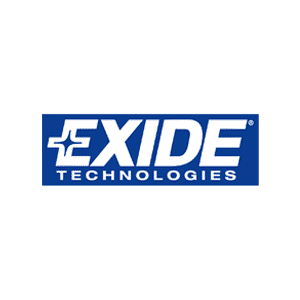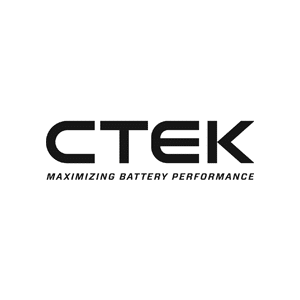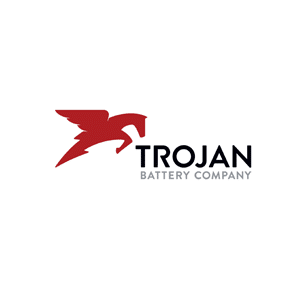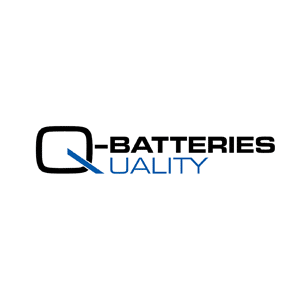Car batteries of all kinds
Whether car, motocycle, truck, caravan or boat - we have the right battery for starting an engine in stock. The requirements for a starter battery depend on the vehicle and before buying a new vehicle battery, it is important to ensure that the dimensions of the new battery absolutely match the old battery.
Get price benefits now as a B2B customer!
Register today and take advantage of our wide selection of products including competitive prices!
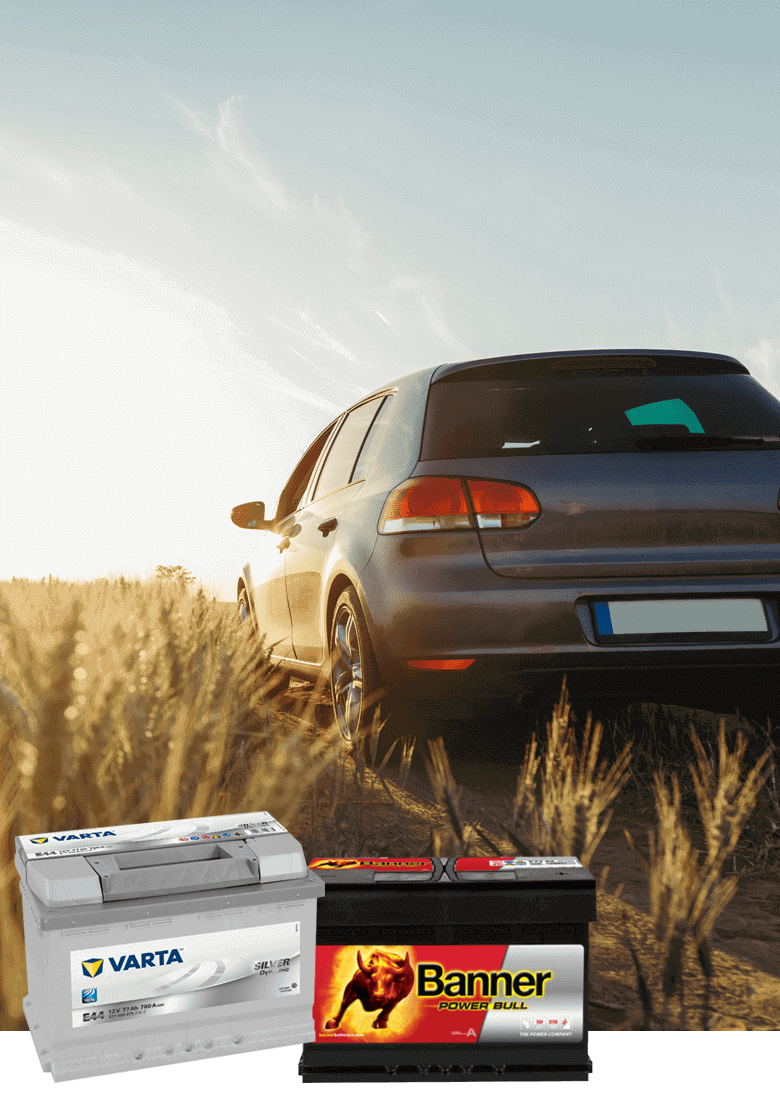
Basically, there are three different starter batteries:
- Wet batteries: Batteries with lead-acid technology are maintenance-free and are used in cars with simple basic equipment.
- AGM batteries: AGM (Absorbent Glass Mat) is used in upper mid-range and premium vehicles. These vehicles have automatic start-stop (with brake energy recovery), sophisticated accessories and state-of-the-art equipment.
- EFB batteries: EFB batteries were specially developed for vehicles with demanding driving characteristics. These are passenger cars with simple start-stop automatic (without brake energy recovery), as well as models without start-stop automatic, which mainly drive in city traffic.
FREQUENTLY ASKED QUESTIONS
You have questions about starter batteries?
Here you will find a summary of the general questions and answers for the area of starter batteries.
If this does not answer your questions, please contact us by e-mail or telephone.
We will be happy to help you. info@akkusys.de+494101 37676-0
1
Which battery does my car need?
Depending on the vehicle, the requirements for a starter battery are very different. To ensure a permanent power supply, the number of electrical consumers in the car must be taken into account.
2
How do I find the right battery for my car?
Before buying a car battery, make sure that the dimensions of the new battery match those of the old car battery. Measure the length, width and height with a folding rule if necessary. Be sure to observe the arrangement of the connection poles. Positive pole on the right or positive pole on the left. It should be ensured that the new starter battery fits into the vehicle.
3
How do I charge my car battery?
With the correct and regular maintenance and care, the service life of a car battery can be positively influenced so that it functions perfectly for many years.
To do this, note the following:
When driving short distances, the battery is not supplied sufficiently with operating current (from the alternator) from the vehicle. As a result, the battery is not sufficiently recharged and loses performance. If you often drive your vehicle only short distances, it is recommended that you regularly connect the starter battery to a charger and charge it between charges.
4
How long will my car battery last?
Under optimal conditions of use, the life expectancy is about six years. A lot of short-distance driving, long standing times and increased use of, for example, seat heating, music systems or lights will have a negative effect on the life expectancy.
Many batteries last significantly longer with normal use.
5
What is a liquid acid starter battery?
Batteries with lead-acid technology are maintenance-free and are used in cars with basic equipment.
6
What is an AGM starter battery?
AGM (Absorbent Glass Mat) is used in upper mid-range and premium vehicles. These vehicles have automatic start-stop (with brake energy recovery), sophisticated accessories and state-of-the-art equipment. Starter batteries with AGM technology are fitted ex works in these cars, so we recommend using an AGM battery when replacing. If a battery with a different technology is installed, this can lead to failure of the automatic start-stop system and comfort functions.
7
What is an EFB starter battery?
EFB batteries have been specially developed for vehicles with demanding driving characteristics. These are cars with a simple automatic start-stop system (without brake energy recovery), as well as models without an automatic start-stop system that mainly drive in city traffic. These maintenance-free EFB batteries are also often used in cars with many electrical consumers such as seat heating, multimedia and navigation systems.
8
What capacity do I need for my vehicle?
In principle, the capacity of the previously installed (old) battery applies as a guide value. However, the capacity values may deviate slightly (+/- 10%). If you drive a lot of short distances, choose a lower capacity because the alternator has less time to fully recharge the battery. For example, instead of 77Ah, 70Ah can also be installed in your car if the dimensions are suitable.
9
What does EN CCA cold test current/ rigid current mean?
The cold test current is the current with which the starter battery can be loaded at -18°C before the battery voltage falls below a specified final discharge voltage after a specified discharge time.
The cold start current (also called cold test current) is the decisive variable for good starting ability. It is the amperage that a battery can deliver at -17.8 °C for 30 seconds until the battery voltage drops below an unusable level.
10
How do I connect a starter battery?
Before replacing the vehicle battery, be sure to switch off the engine. Make a note of the arrangement of the connection poles to avoid reverse polarity. Follow the vehicle manufacturer's instructions for installing the new battery.
Avoid direct contact with battery acid. Protect your hands with gloves, your eyes with protective goggles and wear old clothes when replacing the battery.
First disconnect the ground cable (minus cable, usually black or blue) to avoid a short circuit.Then disconnect the positive cable (usually red).
Check the battery compartment for damage and repair it if necessary.
Remove dirt from the pole terminal. Dirt can lead to increased contact resistances. This can lead to premature battery failure.
To avoid damage due to oxidation or sulphate formation and acid corrosion on battery terminals, use additional battery grease.
Ensure that the terminals are firmly seated to avoid contact interruptions.
Use a torque spanner to tighten the locks. The correct torque can be found in the vehicle manual.
First connect the positive cable (red) to the positive terminal of the battery, then please connect the earth cable. Check the correct pole arrangement beforehand.
11
What do I do with my old battery?
Starter batteries contain lead and must therefore not be disposed of with household waste. End consumers are obliged under the Battery Act to return used starter batteries to the seller of the battery or to a municipal collection point. (Act on the marketing, return and environmentally sound disposal of batteries and accumulators (Battery Act - BattG) § 10 Deposit obligation for vehicle batteries) https://www.gesetze-im-internet.de/battg/__10.html
Distributors who supply vehicle batteries to end-users are obliged to charge a deposit of €7.50 including VAT per vehicle battery if the end-user does not return a waste vehicle battery at the time of purchase of a new vehicle battery.
12
How do I fill a motocycle battery?
Acid battery:
1. prepare battery
Place battery on a flat surface in a well-ventilated area. Please do not open any valves, degassing holes or sealing foils before use!
This avoids a reduction in performance due to plate oxidation. The electrolyte must be suitable for the battery. The degassing plug, which is usually attached to the side, must be removed before filling. The degassing plug must not be put back on! (Exception: some batteries do not have a degassing plug)
Fill in electrolyte
Cut off the valve of the acid bottle. Please do not cut too close to the container, otherwise the filling hose cannot be connected. (Wash and dry the scissors afterwards).
Attach the red hose firmly to the valve of the acid container. Do NOT use the transparent hose!
The electrolyte is now slowly filled into each cell up to the upper level. Leave the battery to stand for 60 minutes and top up with acid to the upper level if necessary. After filling and leaving the battery for 60 minutes, put the plugs back into the battery and close the battery with them.
If acid remains, please dispose of it properly.
Charging the battery
To charge the battery optimally, we recommend using a fully automatic charger. The battery should be left for 60 minutes before the first charge! Please refer to the instructions for use for information on how to optimally charge the battery.

